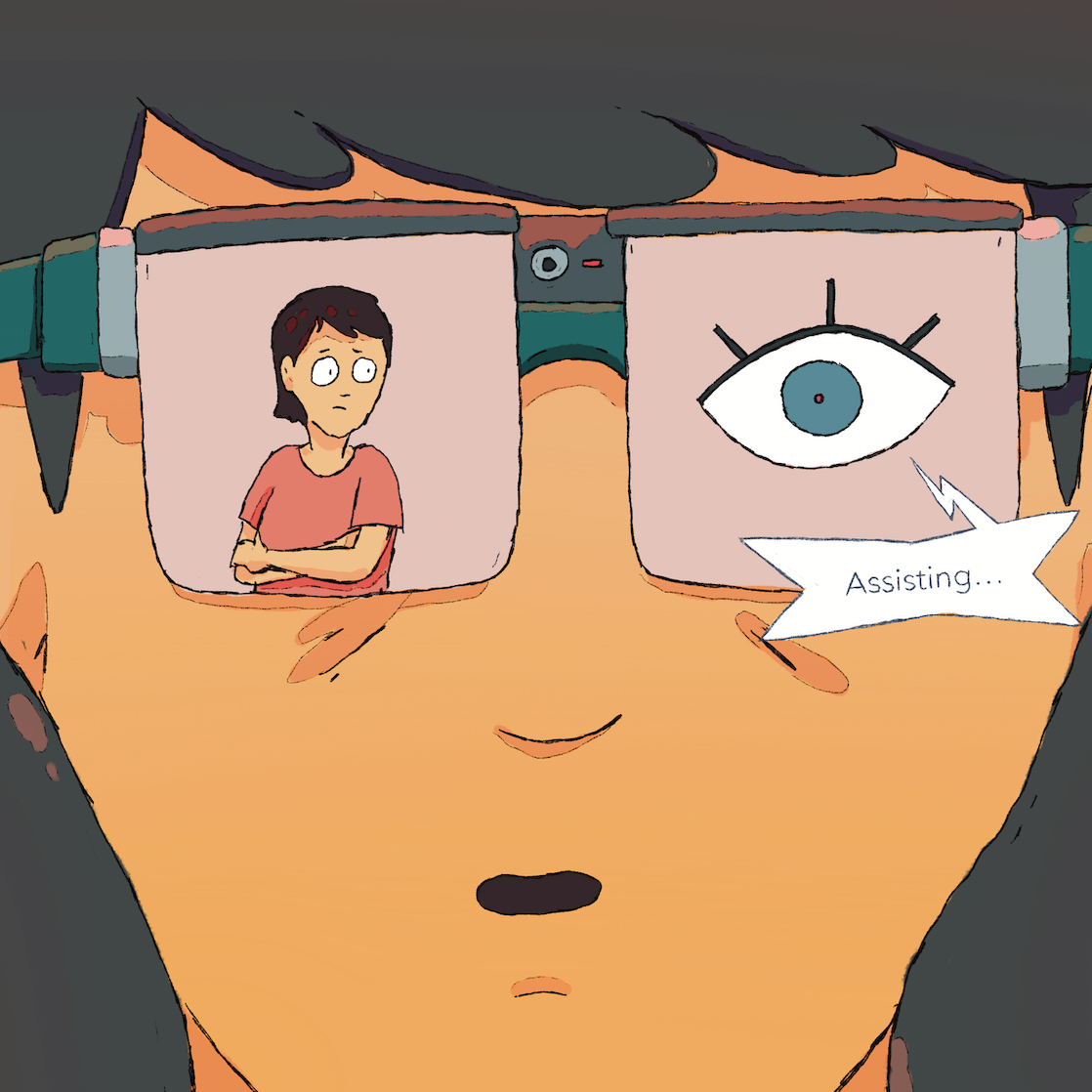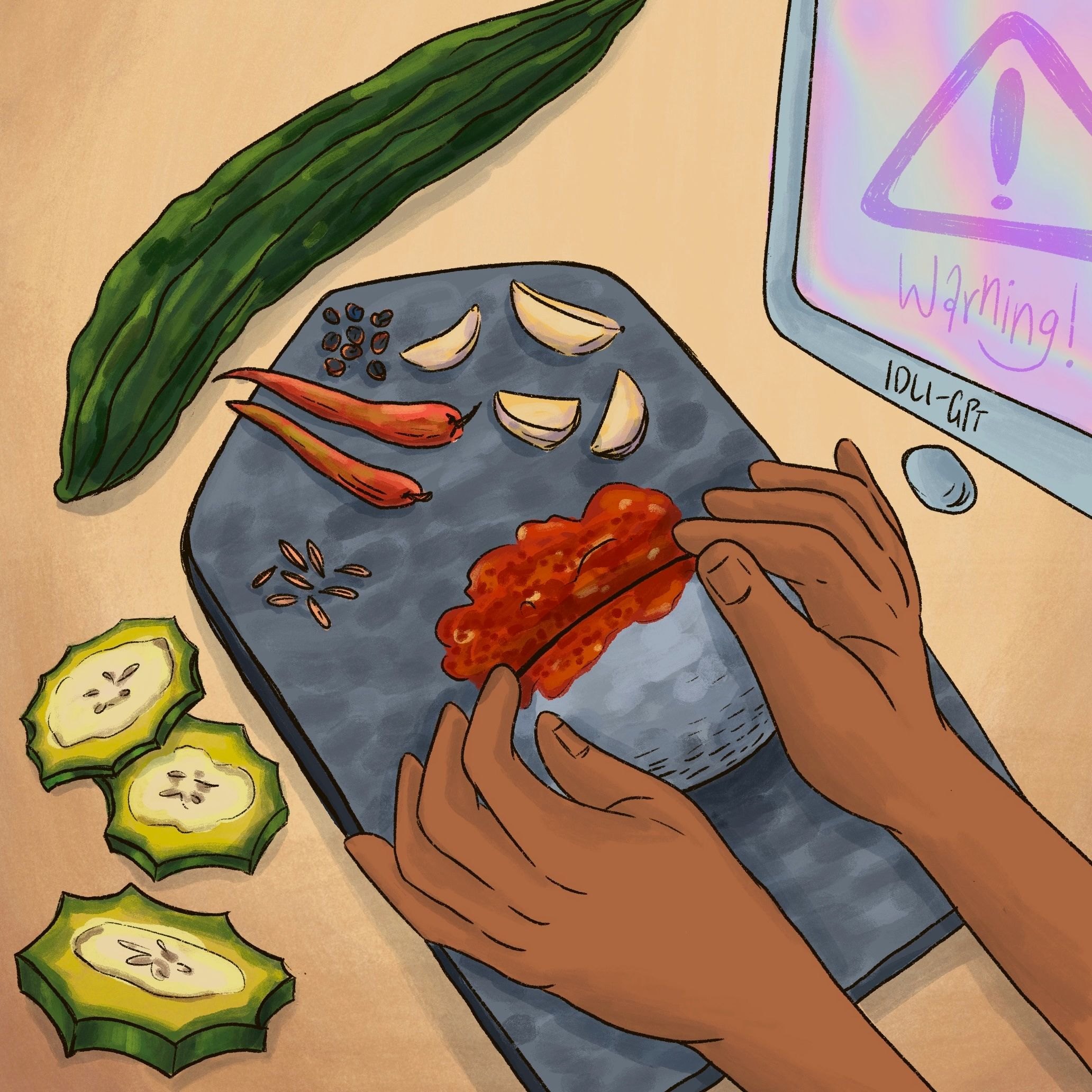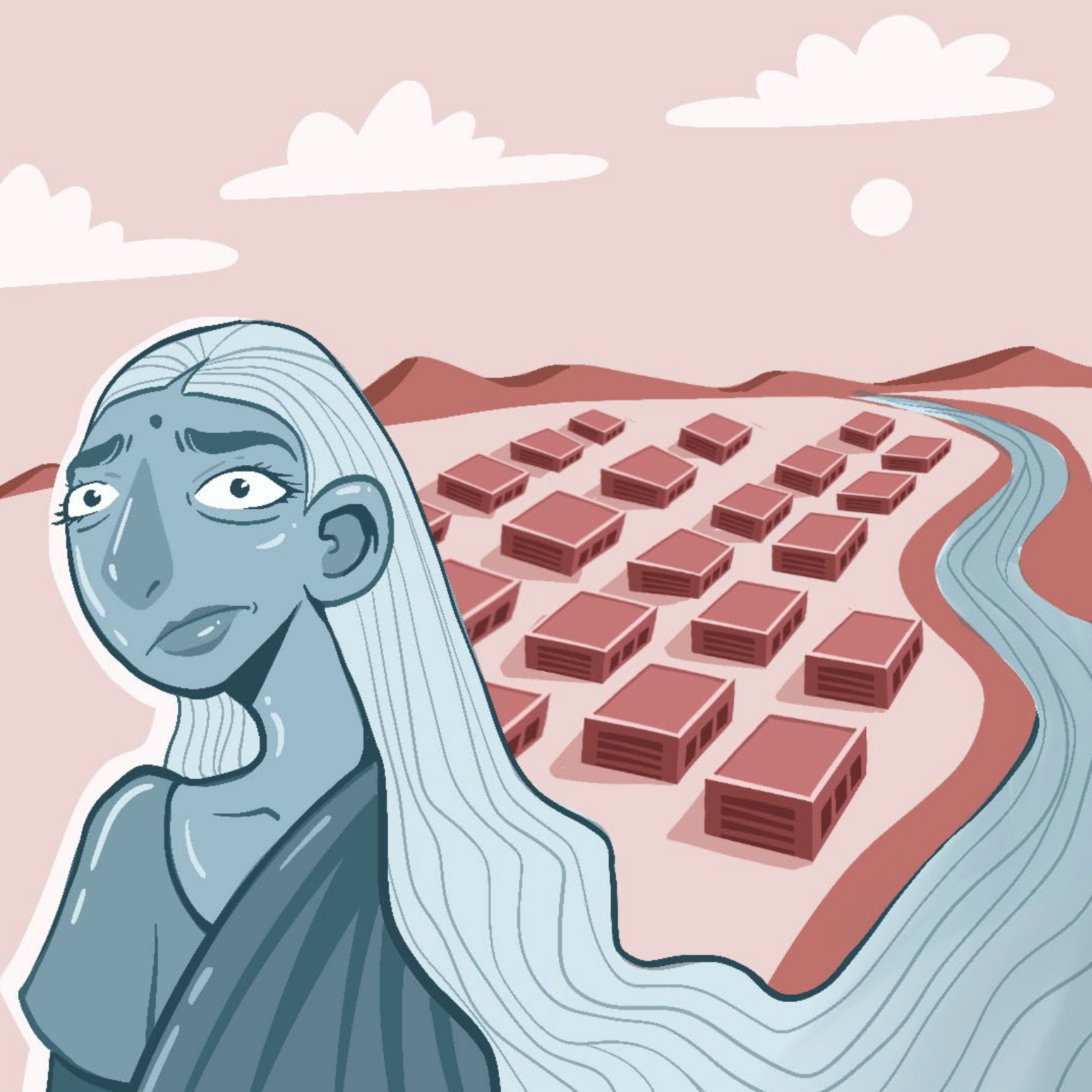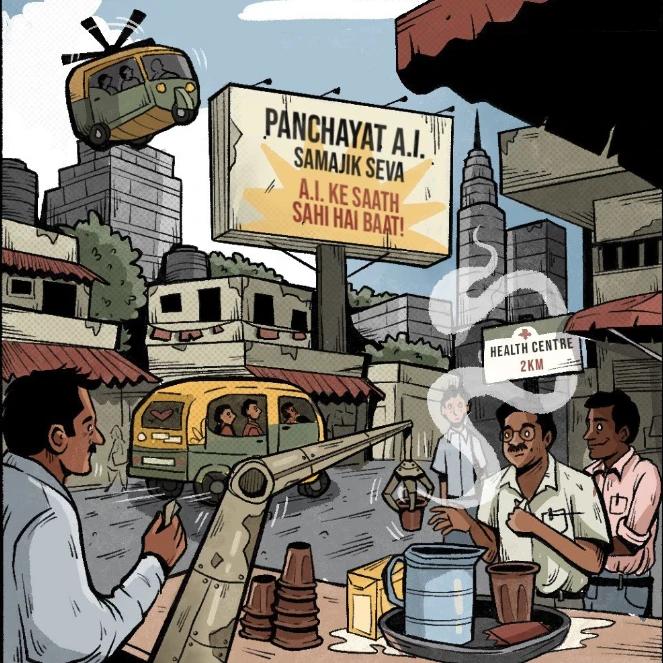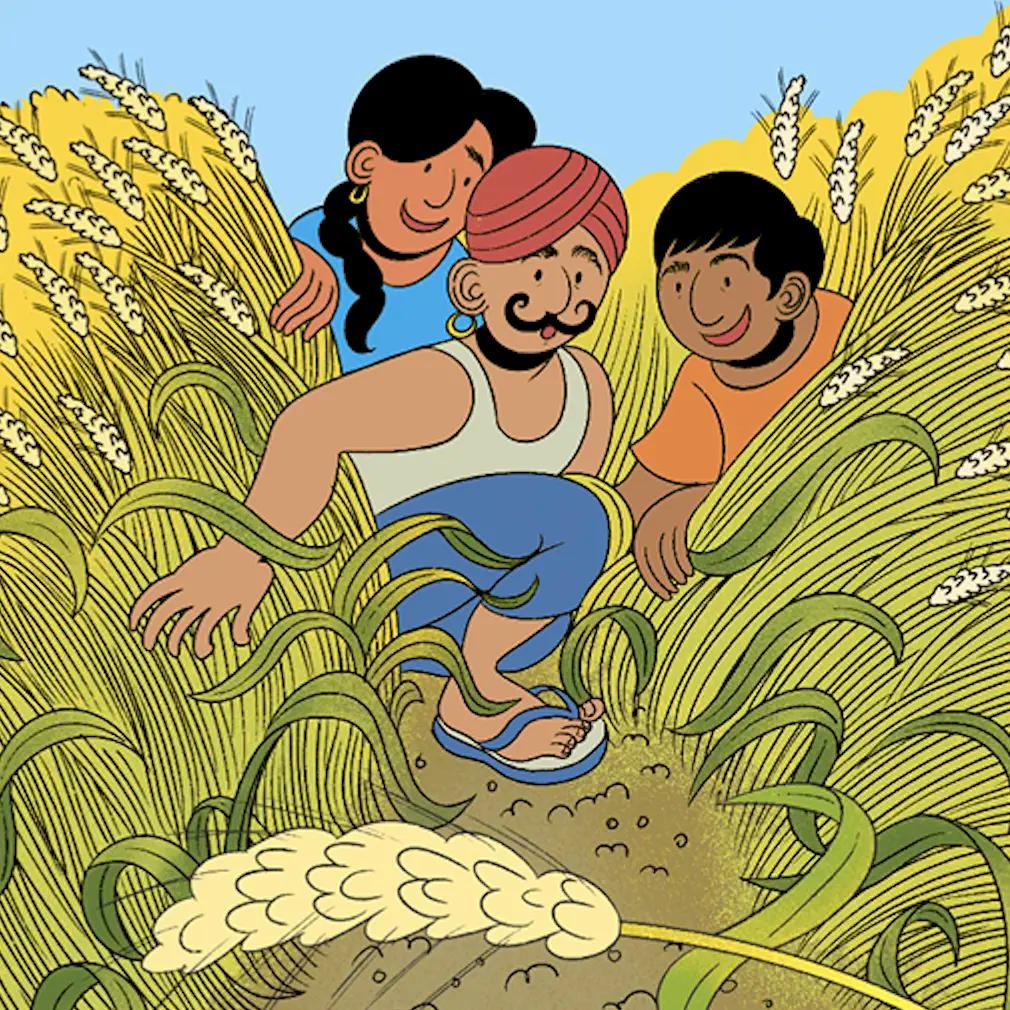The SuperMom Effect
In Mumbai's bustling Malad suburb, Deepa is among the millions of Indian mothers spending an average of seven hours daily on unpaid housework. Like most, she meticulously tracks her children's eating habits, monitors homework, and manages household chores with little time left for herself. When she downloads "MaaShakti" after seeing a WhatsApp forward about an AI that helps track children's favorite recipes, she's skeptical about adding another task to her already packed day.
MaaShakti starts simply: photographing and logging which dishes her children finish, suggesting variations based on their preferences, and tracking which combinations improve their vegetable intake. The AI also listens during homework time, noting which subjects need attention and generating personalized practice questions. It even creates bedtime stories featuring her children's names and their daily achievements, making them feel special.
What begins as a parenting aid reveals unexpected patterns. The AI's analytics show that her 10-year-old concentrates better after eating iron-rich foods, while her 7-year-old's math scores improve with story-based problems. Other mothers in her apartment complex, also struggling with their seven-hour daily care burden, notice her children's improved grades and healthier eating habits. Soon, their traditional WhatsApp mothers' group transforms into a hub for sharing AI-generated insights about their children's development.
The tool's success in enhancing maternal care creates a ripple effect. Mothers who initially saw technology as a distraction now exchange AI-crafted educational games and nutrition plans.
By 2026, MaaShakti's user base grows from recipe-sharing mothers to a network of data-savvy parent-educators - 40% of users leverage their newfound digital skills for online tutoring businesses, while others create AI-enhanced parenting workshops.
